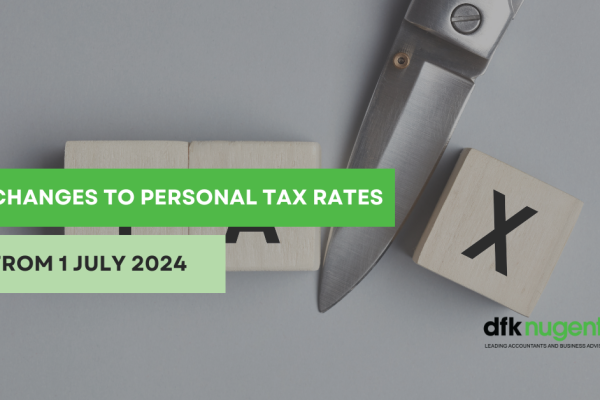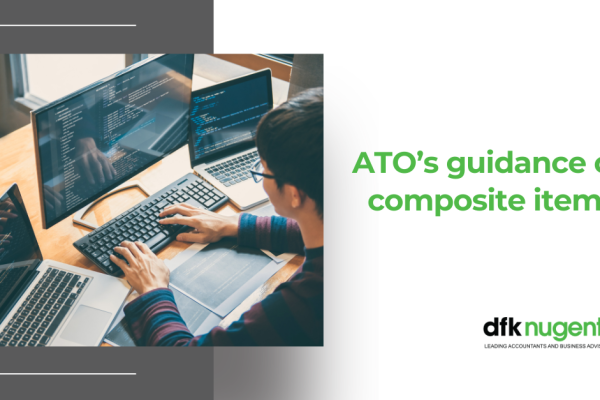
Working from home expenses
The temporary shortcut method for working from home expenses is available for the full 2020-21 financial year. This allows an all-inclusive rate of 80 cents per hour for every hour people work from home, rather than needing to separately calculate costs for specific expenses.
All you need to do is multiply the hours worked at home by 80 cents, keeping a record such as a timesheet, roster or diary entry that shows the hours your worked.
Remember – the shortcut method is temporary. If you want to claim part of an expense over $300 (such as a desk or computer) in future years, you need to keep your receipt.
Personal protective equipment (PPE)
If your specific duties require physical contact or close proximity to customers or clients, or your job involves cleaning premises, you may be able to claim items such as gloves, face masks, sanitiser, or anti-bacterial spray.
This includes industries like healthcare, cleaning, aviation, hair and beauty, retail and hospitality.
To claim your PPE, you’ll need to have purchased the item for use at work, paid for it yourself, and not been reimbursed. You also need a record to support your claim – a receipt is best.

Clothing and laundry, self-education, car and travel expenses
In 2020, we saw a decrease in the value of work-related expenses for cars, travel, non-PPE clothing and self-education as a result of the introduction of travel restrictions and limits on the number of people who could gather in groups. We expect this trend to continue in the 2021 tax returns.
If an employee is working from home due to COVID-19, but needs to travel to their regular office sometimes, they cannot claim the cost of travel from home to work as these are still private expenses.
Case study – overclaiming work-related expenses
A Canberra administrative worker fraudulently received nearly $7,000 in refunds after claiming work-related car, travel, clothing and self-education expenses he wasn’t entitled to. He had his fraudulent claims knocked back in 2014, after he couldn’t provide any receipts, instructing us to “just process the return”. He tried it on again in his 2015 and 2016 returns, this time providing a fake letter from his employer. Given the brazen and repetitive nature of the fraud, the taxpayer was prosecuted and now has a criminal record. He was also fined $1,800.
Additional information
To help people find out what they can and can’t claim, the ATO has created nearly 40 occupation and industry guides. This year they have added three new guides for gaming attendants, community support workers and recruitment consultants. Visit ato.gov.au/occupations.
To work out claims for items over $300, the ATO has created a depreciation tool as well as a ‘how to’ video: ato.gov.au/DepreciationTool




